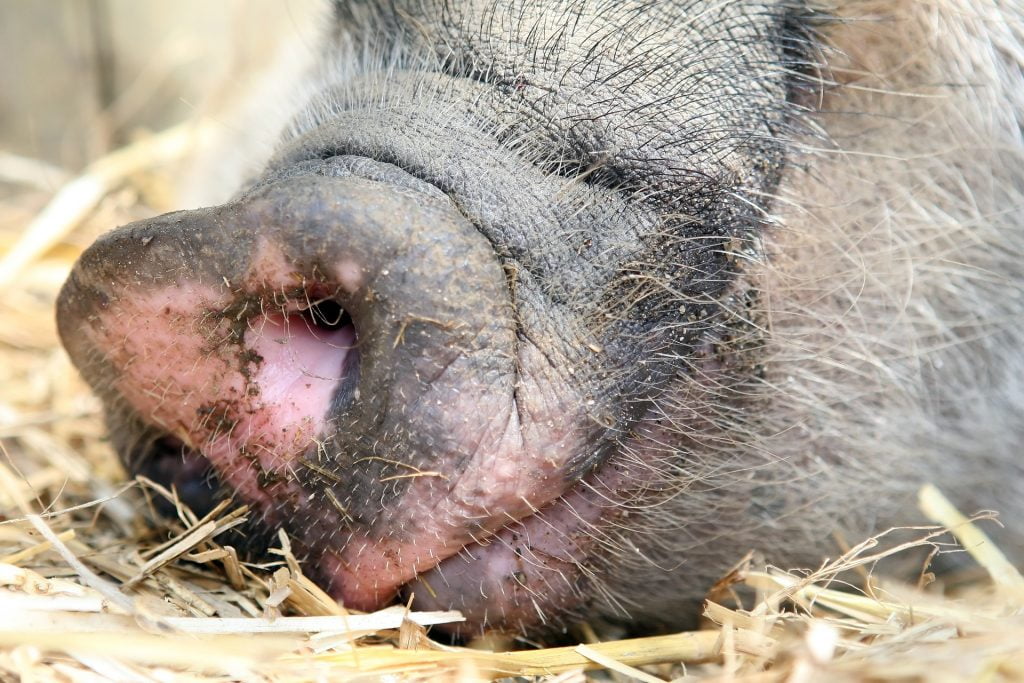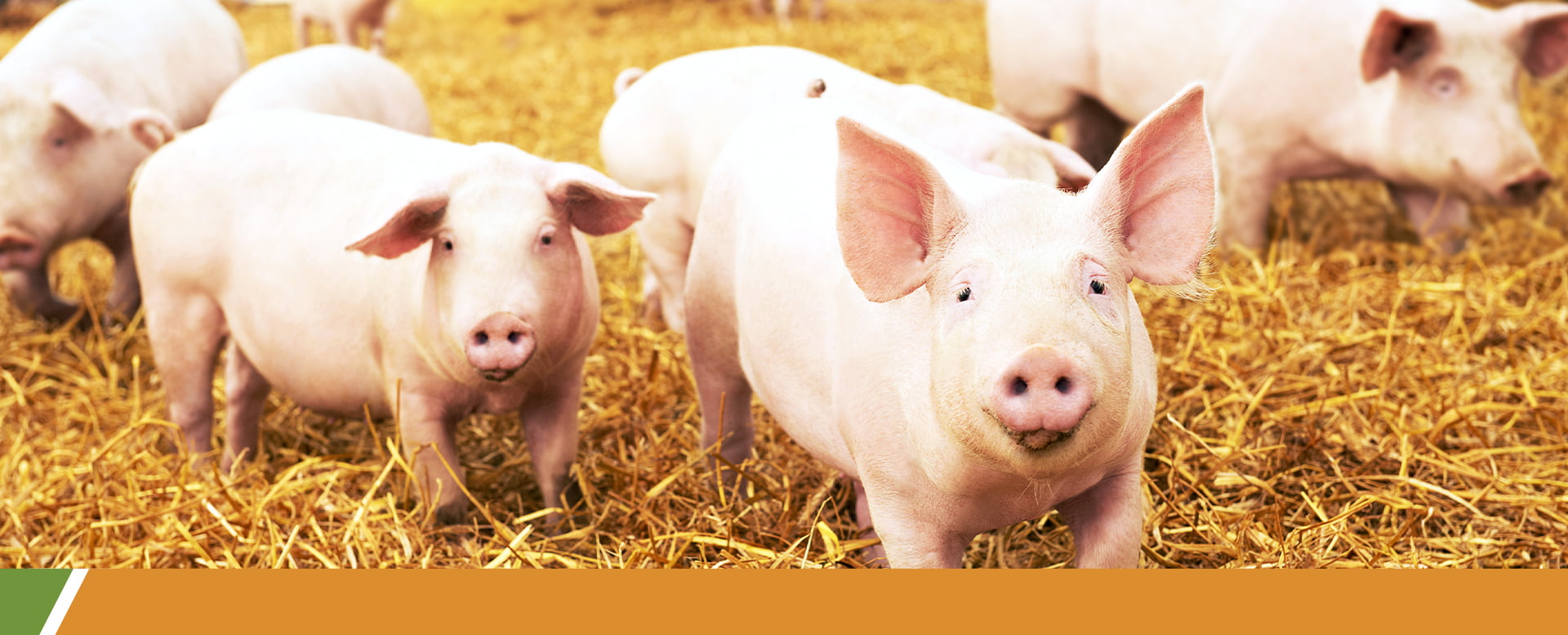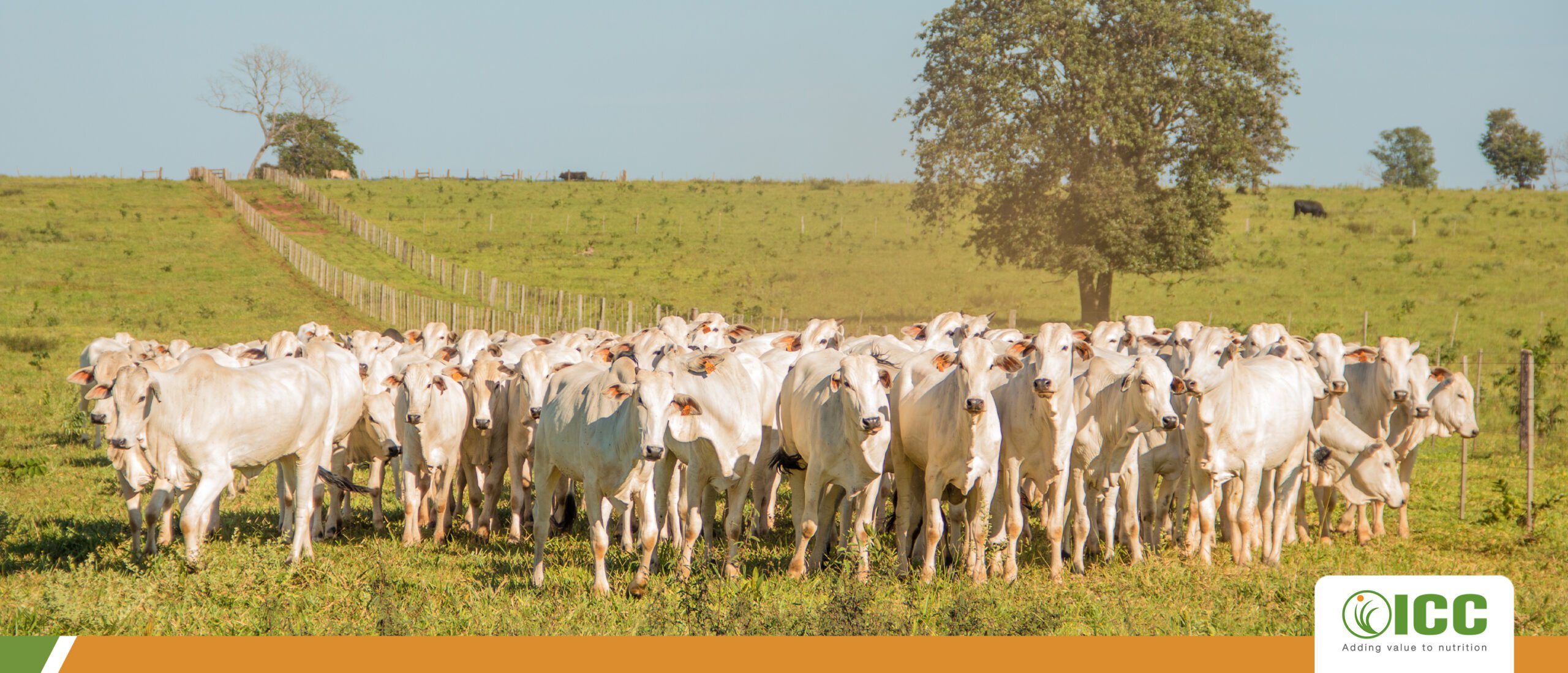Disease is highly contagious and fatal among animals
First identified in the 19th century, swine fever is a highly contagious and fatal disease among animals. As the name suggests, the disease is characteristic of suidae (domestic swine and asselvajados) and scares breeders from all over the world.
The disease is classified into two types: Classical Swine Fever (CSF) and African Swine Fever (ASF).
TYPES OF SWINE FEVER
CLASSICAL SWINE FEVER (CSF)
Also known as swine fever or cholera of pigs Classical Swine Fever is caused by the virus of the family Flaviviridae, which has an incubation period of 7 to 10 days.
In Classical Swine Fever, the contamination of animals usually occurs through the oronasal route (mouth and nose). The high population density, besides the presence of wild pigs, are two factors that contribute to the spread of the disease.
When the disease affects animals before birth (prenatal) the virus affects the differentiation of organs, leading to malformations and abortions. On the other hand, contaminating young and adult animals with CSF causes endothelial cell lesions and thrombosis.
Among young animals, Classical Swine Fever has a mortality rate of up to 90%, while among older animals it may be milder or quieter (subclinical).
The symptoms of classical swine fever are depression, high fever, severe leucopenia (leukocytes below normal), tonsils (tonsils) necrosis, reddened areas, bleeding and bluish coloration (cyanosis) in lighter skinned animals.
Animals infected with CSF may also have symptoms related to the nervous system, such as lethargy, convulsions, difficulty in locomotion and grinding of teeth.
Research indicates that animals that survive for more than 10 days after the onset of symptoms may have constipation followed by diarrhea. In chronic cases of the disease the symptoms also include a transient recovery followed by fever, anorexia and depression of the animals.
Vaccines with attenuated virus are used to control Classical Swine Fever. In cases of vaccine unavailability, it is necessary to eliminate (slaughter) infected herds.

AFRICAN SWINE FEVER (ASF)
African Swine Fever (ASF) was discovered in the early 20th century in southern and eastern Africa and is caused by a DNA virus of the family Asfarviridae, genus Asfivirus. It affects domesticated and asselvajados pigs, that is to say, boars and crossings with domestic pigs, and it has incubation period of five to 21 days.
Studies and research have identified 23 different genotypes of the Asfivirus, being most resistant and causing high mortality rates.
According to research, the virus has no preference for age or gender of the animals and is resistant, and can live for up to three months in the feces of animals and for up to nine months in food (matured products).
Although not a direct threat to human health, since the virus is not transmitted to humans, the outbreaks of African Swine Fever are devastating and are fatal to the whole of a creation in its most virulent form.
Among the symptoms of ASF are high fever (between 40 and 42 degrees), loss of appetite, hemorrhages in the skin (in the muzzle, ears, paws and abdomen) and internal organs, breathing problems, and a high mortality rate of 4 to 10 days.
In September 2018 there were outbreaks of the disease in subsistence pigs in Romania and China and in Belgian wild boars. The source of the infection were food remnants with raw products derived from swine. These foods were contaminated with the ASF and prompted the authorities to set up a surveillance zone on the Belgian border with France.
The ASF has rapid spread, high mortality rates and disastrous economic consequences. For the control of the disease it is necessary the elimination (slaughter) of the infected herds as well as a strict quality control of the pork and the vectors of the disease.
Posted in 19 March of 2019


